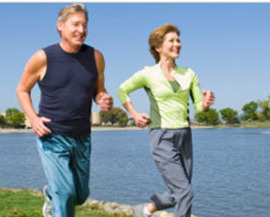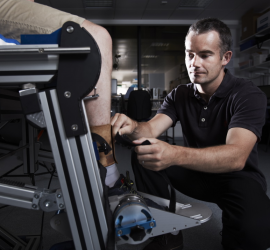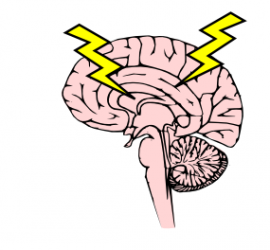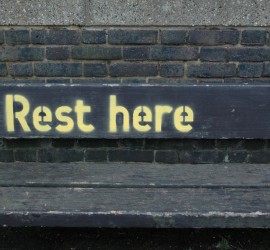Can the inevitable age-related decrement in motor unit number and stability be out run?
Aging is associated with reduced muscle mass and strength. This loss of muscle mass has been termed sarcopenia, meaning “poverty of flesh”. The loss of muscle mass itself is insufficient to account for strength and power decrements during senescence, which has led to the introduction of the term ‘dynapenia’ to denote […]










